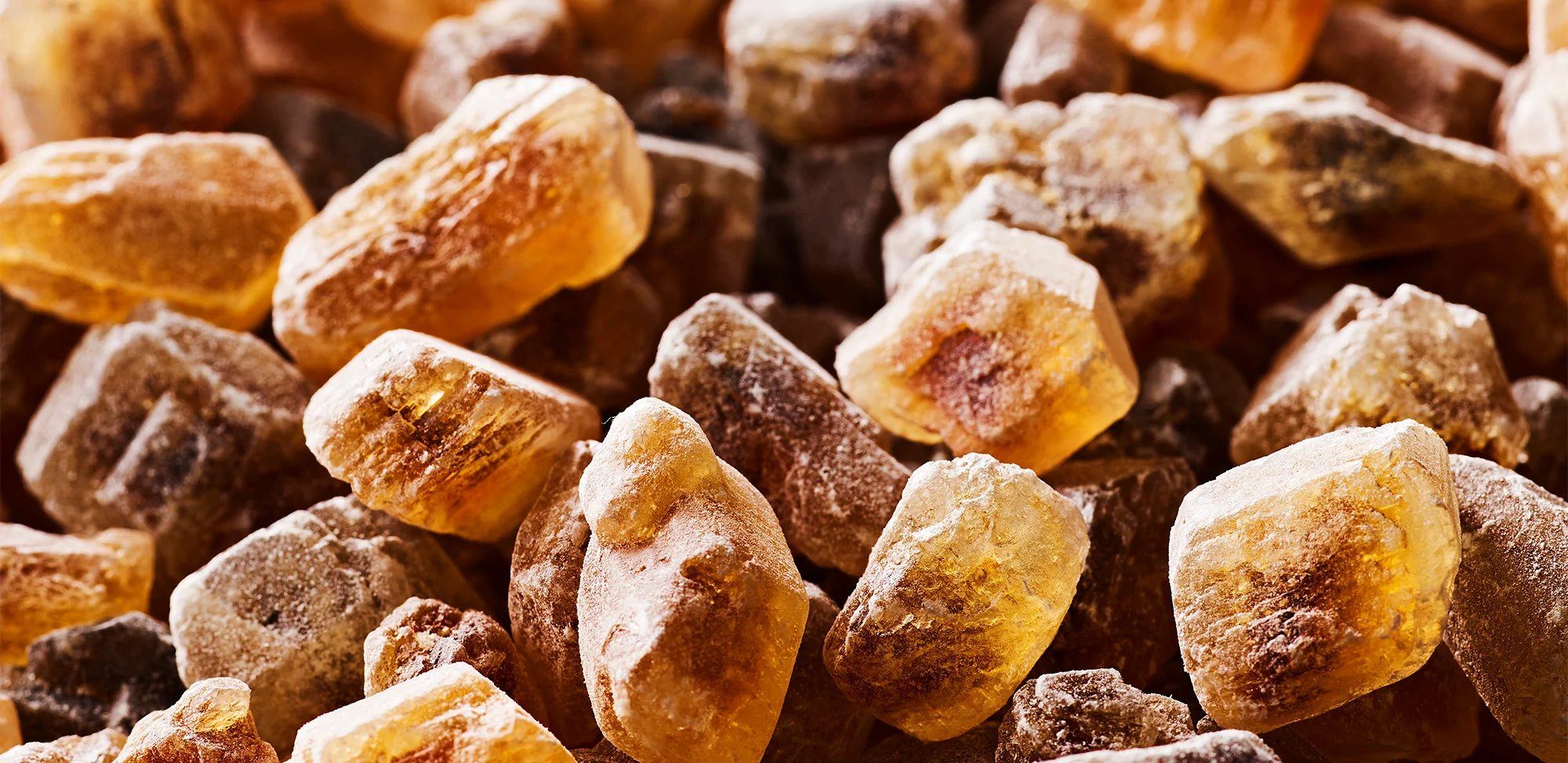Seen around the world | Feb 02. 2022 - 3:13PM
Old World cultures in Mexican kefir
Would you like to develop a concept like this?
Our expert
Patricia Sanchez Nabor
Kefir packaging for today’s consumers
We found these in Mexico City, and loved this Kefir range. Glass packaging is the right choice for a product bought by consumers concerned with their health and the health of the planet. It’s available in a 1 kg. home-use size as well as an on-the-go format of 350 ml. Marusia delivers to the door and can also collect the empties, so if consumers don’t want to use the jars for another purpose, they can easily be re-used or recycled.
That being said, transparent packaging can present a challenge for natural colors. Glass exposes the coloring pigments to light, and not all natural colors are light stable. Luckily the shelf life of Kefir, a fresh dairy product, is not that long, so with care most colors can be coaxed to remain bright. Marusia uses three raw materials to color the five flavors in their Kefir yogurt range: carmine, caramel IV and turmeric. Carmine and caramel are two of the most stable colors you can find, but turmeric is notoriously not. It’s not light or oxygen stable. A product like this will need an encapsulated turmeric to protect the pigment so it can maintain its bright color.
Using natural colors in production
In most kefir production, the color is included in the fruit preparation, so this is where care needs to be taken. Marusia made a good choice using carmine for their pink flavors. It’s the best color to prevent the fruit pieces from turning brown due to oxidation. Anthocyanins can also do this, but they will shift to a more purplish shade at a higher pH. So while fruit preparation generally has a pH of 3, the final product will be above pH 4, which means most anthocyanins start to turn purplish. Overall, Marusia’s choice of carmine for their mixed berries, raspberry and strawberry flavors will produce a very stable result. If carmine isn’t popular in your market, rest assured there are anthocyanins that can color kefir nicely as well.
Using caramel for the hazelnut flavor is a good choice. There is a reason why caramel brown is the most used color by weight in the world. It's stability can't be beat.
Regardless of the natural color being used, you will achieve best results if you avoid excess sheer in your production and cool down the fruit prep as quickly as possible.
About kefir
Kefir is popular around the world, but it originated in the North Caucasus. A slightly fermented milk-based drink, it was thought to have great healing powers. Back then the kefir grains (cultures) were mixed with milk in a goatskin bag and hung near a doorway. People would knock the bag when passing through, ensuring the milk and kefir grains were well mixed. 24 hours later the fermented milk could be drunk.
In the mid-1800’s, Russia started to produce kefir, and from there it spread to the rest of Europe, Japan and to the United States in the early 2000’s. Now Mexico has their own local production of Kefir by Marusia. And it must have been a good choice, because they have an extended range of kefir, including yogurt, Greek yogurt, ice cream and popsicles. Well done!

